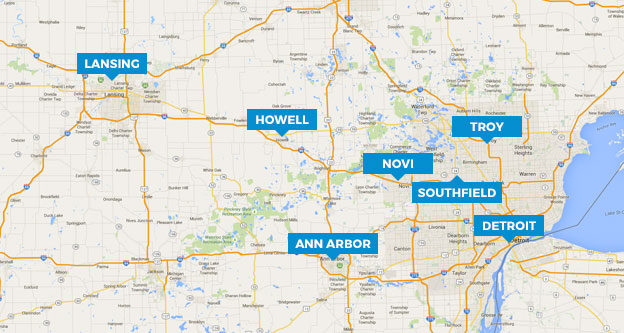Most people that work for a business may never think about the reports that aid owners and managers for making decision. One of those reports is the profit & loss statement. The profit & loss statement shows all of the company’s income from sales, services and any other sources. It also shows the companies expenses. These are good things to record to see if the company is making a profit or a loss.
Profit/Loss Time Period
The basic set up for a profit & loss statement can be easy to understand. The statement measures the profit or loss of a company over period of time. A period of time could be an entired year, most recent month, or current year to date. Any number of combinations can be viewed including comparing different time periods to each other.
Revenue Section
The top section of the profit & loss statement starts with gross revenues. This section lists all business revenues and sales. On some profit & loss statements, the revenue section is categorized by the different types of revenues earned. For example, a resturant may offer both dining-in and carry-out servces. The resturant separates the revenues earned for dining-in services from carry-out services. Separating the revenue sources may help the resturant make better decisions such as which services is more lucrative.
Cost of Goods Sold (CGS) Section
Then middle secion of a profit & loss statement is cost of goods sold, CGS. CSG are expenses that are directly related to revenues earned. For example, a resturant purchases food and supplies to make the food being served. These purchases are categorized as CGS because the purchases are directly tied to the revenue earned. Not all profit & loss statements include a CGS section. Next, the CGS section section is subtracted from the revenues section to calculate gross profit.
Expense Section
The last section of most profit and loss statements is the expense section. In this section, all remaining expenses are listed. Some common expenses to see on a profit/loss statement are:
Advertising
• Supplies
• Phone
• Insurance
• Postage
• Rent
• Repairs
• Wages
Adding all expenses together is total expenses. Finally, total expenses are subtracted from total revenues or gross profit. The final calculation is net profit or loss over a period of time.
Profit & loss statements can be set up differently. Some might have cost of goods sold in the expenses section. Some separate the different types of income such as product sales income and service income. For the most part, a profit & loss statement shows income and expenses over a period of time to see how the business is doing overall.
Here is a picture of a very basic setup for a Profit/loss statement without a CGS section.





